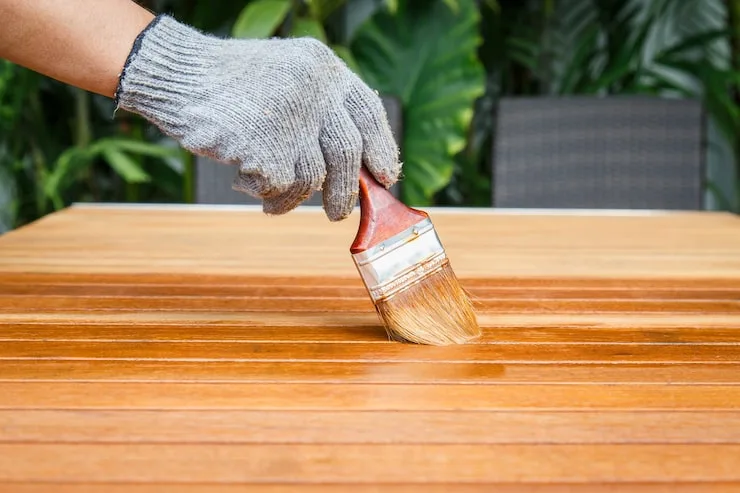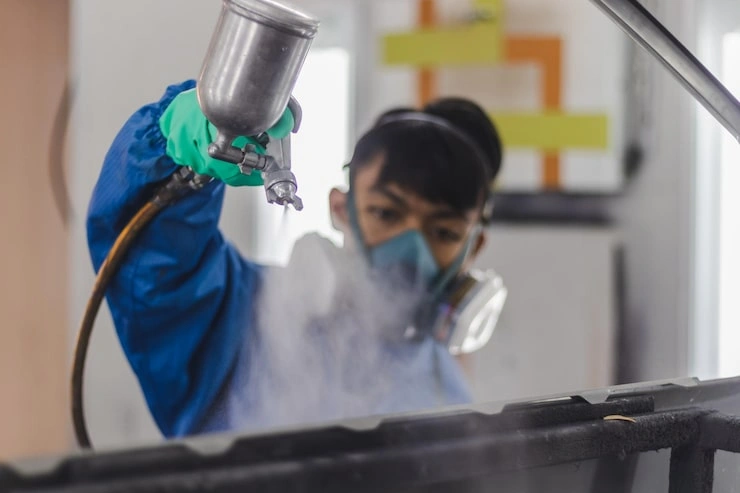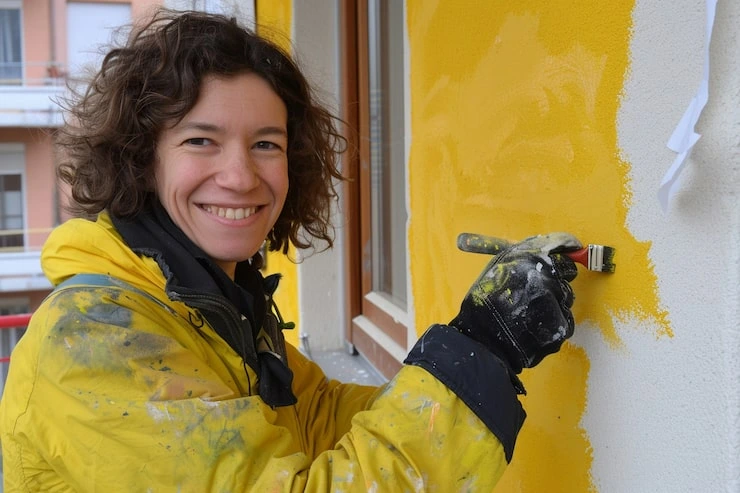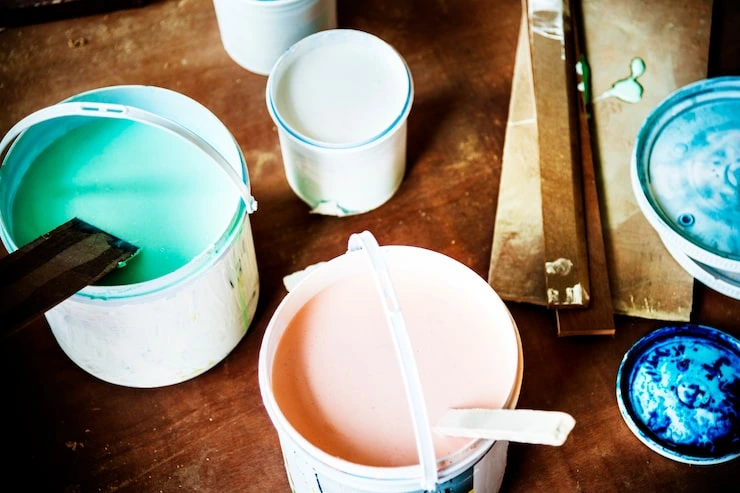How to Paint Mold and water-Damaged Wood?: If the wood has not been protected against mold, taking the simple route and painting wet wood surfaces could lead to a lot of issues. It could be mold if you smell something strange coming from inside your house, see stains on the walls or notice spots on the paint. Anywhere there is water mold can grow and consume wood products. Because carpets deteriorate over time and can exacerbate health issues particularly for those who have respiratory or allergy conditions they can be dangerous. Thus, be sure to remove any mold before beginning any painting. Painting only gives you the impression that things are getting better but it turns out that things are actually getting worse. Painting will not get rid of mold. For a healthy and long-lasting stay this blog discusses how to paint mold and water-damaged wood.
Preparing Damaged Wood Surfaces for Painting
You should get the surface ready and fix anything that’s broken before you start to paint. Let’s see how to deal with this situation in the right way.
Safety Measures Before Painting
Safety is always important to you so remember to wear gloves, goggles, and a mask that can keep mold out. Proper ventilation should be done when dealing with mold by making sure you open a window or turn on a fan.
Proper Mold Removal Techniques
Painting over mold won’t get rid of it. Mix a little bit of detergent in some water and gently rub it onto the part of the wood that has deck stain on it, using a clean cloth. Use a bleach solution with three parts water to help get rid of tough mold. Begin by testing the lights in a quiet spot so they don’t break anything nearby if one of them goes out.
Moisture Removal Steps After Water Damage
Make sure all surfaces have dried off and remove additional moisture with fans or using a dehumidifier. Allow the wood to dry in the fresh air after finishing the cleaning process. Using a blow-dryer or dehumidifier will help your clothes dry much more quickly. If wood is not properly dry, the paint may peel or mold may start to form, so you should patiently wait for it to dry.
Assess Whether to Fix or Replace Moldy Wood
Make sure you keep the wood outside for some time to let it start drying before making anything else. You can also dry your items more quickly by using a hair dryer or a dehumidifier. If wood is not properly dry, the paint may peel or mold may start to form, so you should patiently wait for it to dry.
Repairing Damaged Wood with Fillers and Sanding
If the damage is minor and small, a filler made for either the outside or inside will be the solution you need solution. After the paint has dried, cover the surface with medium- to fine-grit sandpaper to level it out. Because of this, the paint sticks better to your walls.
Applying Mold-Resistant Primer Before Painting
A primer with strong mold and stain protection should be used on porches. It covers the wood, keeps stains off it, and prevents mold growth under the paint coat. Coat the primer evenly on your surface and wait as long as the instructions say before starting to paint.
How to Prevent Mold After Painting?
Keeping mold away from your restored wood also requires you to care for it regularly. Here are key maintenance tips.
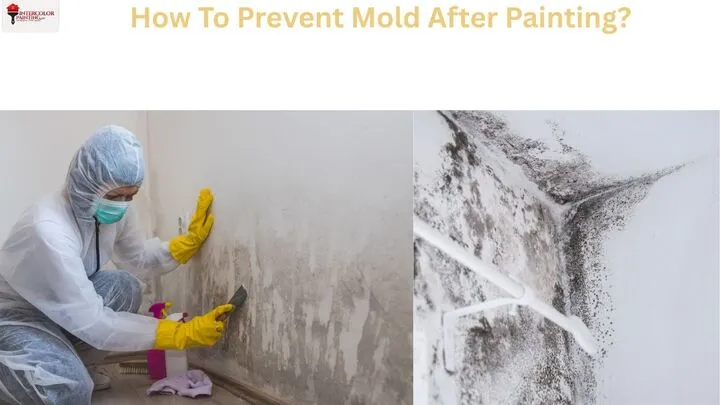
Controlling Moisture Around Painted Surfaces
Mold thrives in damp environments. Fix any leaks, clear any clogged drains, and let airflow circulate to reduce moisture around interior wooden parts. If necessary, use dehumidifiers indoors.
Maintaining Painted Wood with Routine Checks
From time to time, look for any mold, peeling paint, or water damage on your painted wooden surfaces. Respond to small repairs by cleaning and touching them up, so the problems stay small.
Professional Help for Painted Wood Care
When mold appears again, or the paint is peeling, then the wood might be damaged, calling for a fresh coat of paint or a professional to check. Mold could mean that there is a secret wetness problem that requires assistance from an expert.
Conclusion
How to Paint Mold and water-Damaged Wood?: Restoring water- and mold-damaged wood can be done well if you are patient and careful. You should always start by making the area safe, drying it, and cleaning it, and then follow up by repairing and using anti-mold primers. If you want expert help to ensure your painting gets done right, in Tukwila or Seattle, contact us at Intercolour Painting. With our care and precise attention, your woods will look lively again.
FAQS
Is bleach the best option for removing mold?
Bleach is useful yet you should be careful with it and dilute it before use. You can try using commercial mold removers as alternatives too.
Can I paint over mold without cleaning it first?
If mold is not cleaned first, painting over it will not stop the problem and might lead to peeling paint.
How long should I let wood dry before painting?
Wood needs to be dry, a process that usually takes 24-72 hours depending on the conditions; To help dry the items more quickly, place fans or dehumidifiers in the area.

